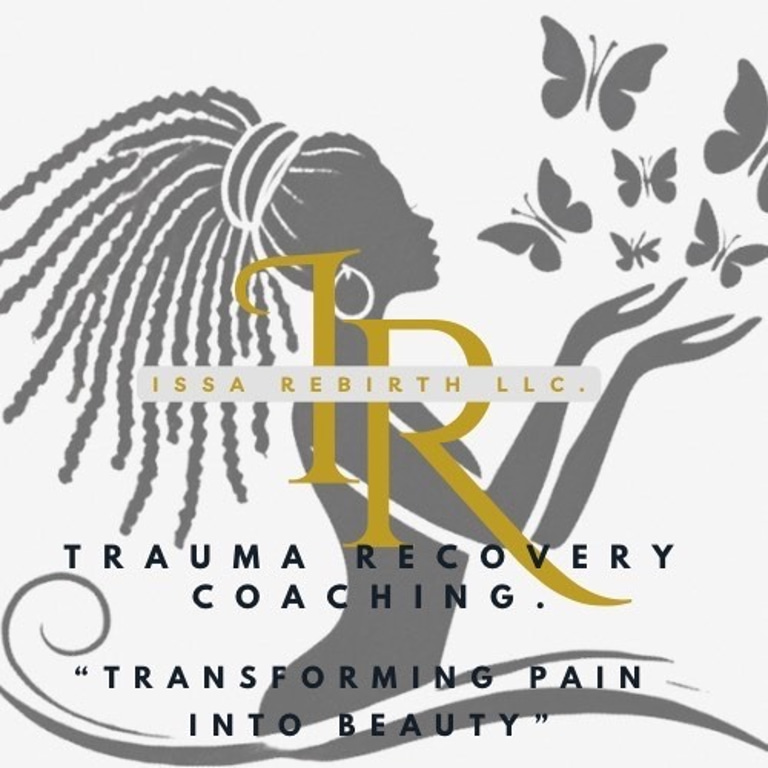Freedom From Fear & Abandonment
Breaking the Cycle
ABANDONMENT
Kenisha Miller
4/28/20253 min read


Have you ever met someone who feels emotionally safe and genuinely interested in you.
Instead of feeling comforted, you start feeling smothered, restless, or even irritated by how much they care.
You might think:
“This is moving too fast — I need space.”
“If I let them in, they’ll eventually hurt me anyway.”
“It’s safer not to need anyone.”
So you may start:
Withdrawing emotionally.
Picking fights over small things.
Ghosting or pulling away without explaining why.
Or
You are dating someone, and they don’t text you back as fast as you’d like them to. .
Instead of thinking, “They’re probably just busy,” your mind spirals into fear:
“Did I say something wrong?
“I’m not good enough.”
“They’re going to leave me just like everyone else.”
You might feel intense anxiety, or even decide to emotionally withdraw first — trying to “beat them to the punch” so you don’t get hurt.
Deeper wound of scenario 1:
Fear of depending on someone, because deep down you fear they will eventually leave or disappoint you — so you leave first (emotionally or physically) to avoid the pain of abandonment.
Deeper woud to Scenario 2:
By them not texting back right away triggered an old emotional wound — maybe from childhood or past relationships — where you felt abandoned, unseen, or rejected.
Both scenarios displays that fear of abandonment doesn’t always look like clinging or chasing — sometimes it looks like pushing people away, shutting down, or becoming “hyper-independent. And both scenarios exhibit survival strategies.
Fear of abandonment is a deeply rooted emotional wound that can quietly influence how we show up in relationships, friendships, and even how we view ourselves. Many people experience it without fully realizing where it comes from. Left unhealed, it can quietly drive behaviors that sabotage the very connection we crave. But healing is possible — and it starts with awareness, compassion, and learning how to reparent the parts of ourselves that feel unloved and unsafe.
Where Fear of Abandonment Comes From
Fear of abandonment often traces back to early life experiences.
If a child experiences emotional neglect, inconsistent caregiving, or trauma such as the loss of a parent, divorce, or emotional unavailability, it can create deep-seated fears of being left or unloved (Bowlby, 1988). Even subtle forms of emotional abandonment — like a caregiver being physically present but emotionally disengaged — can teach a child that love is unreliable or conditional.
Later in life, early relationship betrayals such as infidelity, sudden ghosting, or repeated rejection can reinforce this wound, making it harder to trust and feel secure.
How It Shows Up in Adulthood
Unhealed abandonment wounds can show up in ways that are often misunderstood — by both ourselves and others.
Common patterns include:
Clinginess: Fear that people will leave, causing you to hold on too tightly.
Pushing People Away: Ending things prematurely to avoid the pain of potential abandonment.
Fear of Conflict: Avoiding difficult conversations out of fear they will drive people away.
People-Pleasing: Burying your needs to keep others happy, hoping they won’t leave.
Self-Sabotage: Picking fights, withdrawing, or shutting down emotionally just when intimacy deepens.
These are protective mechanisms—survival strategies developed early on when emotional safety was uncertain (Levine & Heller, 2010). But they often end up creating the very isolation we fear most.
How Do You Break the Cycle
Awareness
Healing starts by noticing when fear is running the show.
Ask yourself: “Am I reacting to this person, or to an old fear of being left behind?”
Recognizing the voice of the wound — rather than treating it like truth — is a major first step toward change.
Self-Soothing
Learning how to regulate your emotions when triggered is vital.
Techniques such as deep breathing, mindfulness meditation, grounding exercises, or positive self-talk help calm the nervous system and create emotional safety internally (Neff, 2011).
Rebuilding Secure Attachment
Secure attachment is not something you missed out on forever — it can be built later in life.
Start with yourself:
Keep promises you make to yourself.
Validate your feelings instead of dismissing them.
Surround yourself with relationships that are consistent, kind, and respectful.
When you create security within yourself, you naturally begin attracting healthier external relationships too.
Inner Child Connection
At the root of fear of abandonment is often a wounded inner child still longing for safety, love, and acceptance.
Reparenting involves giving yourself what you needed but didn’t receive:
Speaking to yourself kindly.
Holding space for your emotions without shame.
Setting boundaries that protect your emotional well-being.
Choosing to stay with yourself, even when emotions are painful.
By tending to your inner child, you slowly teach yourself that you are not alone—you are loved, seen, and safe within your own heart (Bradshaw, 1990).
Things that can help
Journal Prompt:
“When was the first time I felt abandoned? What would I say to my younger self today?”
Take time to sit with this, offering your younger self compassion and reassurance. Healing doesn’t happen overnight, but every act of kindness you show yourself builds a bridge toward wholeness.
Sources:
Bowlby, J. (1988). A Secure Base: Parent-Child Attachment and Healthy Human Development.
Levine, A., & Heller, R. (2010). Attached: The New Science of Adult Attachment and
How It Can Help You Find—and Keep—Love.
Neff, K. (2011). Self-Compassion: The Proven Power of Being Kind to Yourself.
Bradshaw, J. (1990). Homecoming: Reclaiming and Healing Your Inner Child.

